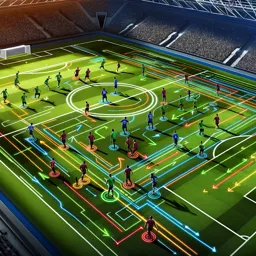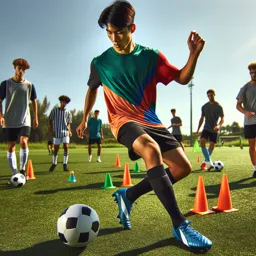Rhythmic gymnastics is a captivating discipline that blends ballet, dance, and acrobatics, performed to music while skillfully manipulating apparatuses such as ribbons, hoops, balls, clubs, or ropes. Unlike artistic gymnastics, this sport highlights elegance, flexibility, and precise coordination, emphasizing the harmony between movement and music.
Benefits for Flexibility and Coordination
A core goal of rhythmic gymnastics is enhancing flexibility. Athletes regularly perform stretching routines, splits, backbends, and contortion exercises to achieve the remarkable range of motion needed for their routines.
Equally important is coordination. Handling apparatus demands impeccable timing, spatial awareness, and fine motor skills. Routines challenge gymnasts to integrate apparatus maneuvers seamlessly into dynamic body movements, developing both gross and fine coordination.
Key Elements of Training
- Warm-ups and Stretching: Prepare the body, reduce injury risk, and increase muscle elasticity.
- Drills with Apparatus: Practice rolling, tossing, and catching to improve hand-eye coordination.
- Dance and Body Movements: Incorporate leaps, turns, and expressive gestures to perfect fluidity.
- Strength and Conditioning: Focus on core, legs, and arms for stability and power during routines.
- Routine Practice: Repetitive performance builds confidence and muscle memory.
Who Can Benefit?
Rhythmic gymnastics welcomes all ages and skill levels. Children develop foundational motor skills, advanced athletes refine flexibility and coordination, and even adults new to the sport gain improved posture, balance, and body control.
Getting Started
Begin by locating a local rhythmic gymnastics club or introductory class. Comfortable clothing and enthusiasm are all you need for your first session. As you advance, specialized apparatus and attire may become part of your training, but initially, focus on basics and enjoyment.
Conclusion
Rhythmic gymnastics offers a rewarding path to improved flexibility, coordination, and artistic expression. Whether you pursue it competitively or as a hobby, the physical and aesthetic benefits endure long after the performance ends.

































